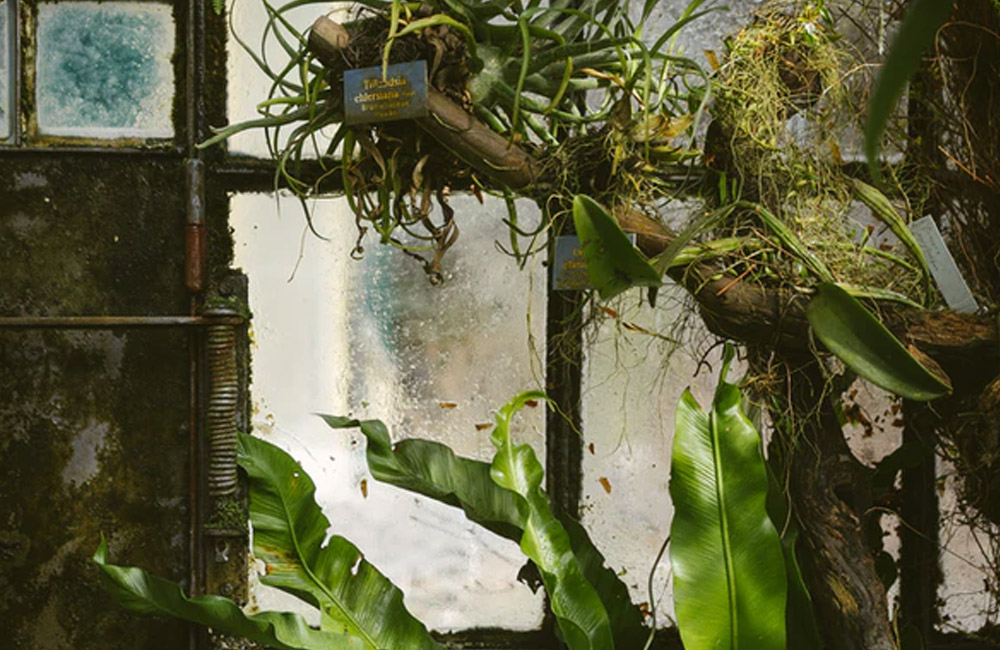Greenhouse Cleaning

Cleaning up your greenhouse is not only a great way to keep control over pests, it is also a way to mark the beginning of a new growing season – you might even find those long-lost secateurs that fell behind the potting table last season!
Cleaning the glass (or clear plastic) of your greenhouse also helps to increase plant productivity by letting in more light energy.
Don’t limit your cleaning to greenhouses, either – polytunnels and garden frames can gain the same benefits from a proper cleaning.
When should you clean your greenhouse?
When to clean your greenhouse depends on what you are growing in it.
If you are planning for a summer-cropping plant, like tomatoes, for example, you’ll want to clean in winter when the crop has been cleared out and you won’t risk damaging the growing plants or fruit.
For plants that crop all year round, it’s best to clean between crops, whenever that happens to be. If you always have a revolving array of plants in your greenhouse, then perhaps the best time to clean it is when you can take the plants outside (if they are in pots of course) for a few hours while you give the inside a good scrubbing. A warm summer’s day is good for plants that are used to hot temperatures, and more delicate plants might prefer a still evening, after the heat and winds of the day have subsided.
Cleaning The Actual Greenhouse
If you want to get it all out of the way in one go, and you want to do it all, from the panes to the gutters to the butts and floor, then set aside a full day and get started as early as you can.
- Choose a day that promises warm, relatively calm weather.
- Remove the plants, setting them carefully aside, well out of the way of your comings and goings, of overspray of soap and water, etc.
- Take out all of your tools, books, furniture, and so on, so you have clear access to the structure inside.
- Brush and vacuum the upper parts of the greenhouse, then sweep ad scoop everything that has fallen to the floor during that process.
- Scrub down the structural parts of the greenhouse with hot, soapy water or another recommended detergent (Jeyes fluid, Just Glasshouse Cleaner, etc). Hot water will help to loosen the grime better than water from the hose.
- Then wash the inside glazing, being as thorough as you can. Some prefer to wash the outside glazing right away too, while others are happy to leave the outside surfaces to last in case the weather or schedule doesn’t hold.
- A plastic plant label or baking scraper can help you get the grime and build-up out of cracks and crannies in the structure.
- Take the time to scrub away mineral build-up or shade glazing. It may be a tough job, but it only gets tougher with each season’s build-up, until it is pretty much impossible to move.
- Replace or repair any broken pieces.
- Scrub down any furniture you keep in the greenhouse, prior to putting it back inside. This will help to prevent pests and diseases from getting a foothold in your greenhouse, and will give you a clean, satisfying place to do your gardening work – or to sip that hot cuppa on rainy days.
Cleaning out greenhouse gutters
Gutters can get blocked up by fallen leaves, moss, particles and objects blown in on the wind, and even by nests and small animals. Cleaning them can be a messy job, but with a bit of prep it doesn’t have to be an unpleasant one. Also, make sure you are physically able ad fit enough to clean the gutters. If your greenhouse is a tall one, or you have some physical limitations, it is best to bring in a friend or professional to give you a hand.
Put on a pair of thick gardening gloves (the rubberised ones are great for this) and run your hand down the length of the guttering. Much of the build-up should be pushed out by your hand, and any it misses can be scooped out.
If fall pipes are blocked, or even partially blocked, a coat hanger, stave, or other long, thin object can be carefully poked downward to dislodge the blockage.
Liberal dousing with water should wash away the leftover material. Start at the fall pipe, then go up to the far end of the gutter, then return slowly to the fall pipe. Make sure everything is flowing freely before calling it a day.
Cleaning water tanks or water butts
It is important to clear standing water containers, to prevent root rots like Phytophthora, and to keep mosquitoes from using your water but as an incubator for their larvae! Once a year is usually frequent enough to prevent major problems, but many gardeners prefer a cleaning every six months or so to keep things looking and smelling fresh.
Tip the butt on its side to drain the water. Wish a coarse brush, scrub out the inside, beginning at the top of the object and moving down from there, so anything you clean off doesn’t wash over already-cleaned areas.
- Drain out any water by tipping the butt on its side to clear dregs and enable access for cleansing. Just Water Butt Cleaner or garden disinfectant can make this job easier.
- Scrub out the inside of the butt or tank with a coarse brush, if accessible, using a proprietary cleaning product such as Ju. Tie a brush to a stick to reach into areas that are otherwise inaccessible.
- Rinse with water from the garden hose.
- Refill the butt to prevent algae growth – use a water-butt freshener if you don’t go through your rainwater fast enough to keep it free of growth. Smelly water won’t hurt most plants, unless they’re still seedling-sized – use tap or hose water for those.
- Make sure you have filters on your intakes to prevent detritus and small animals from falling into the tank. For safety reasons, make sure the tank has a lid on it that prevents children or pets from falling in.
Do you need to replace an old greenhouse?
We can help you! Browse our full range of greenhouses online by clicking here, or visit one of our sub-types below:
 Author:
Author: